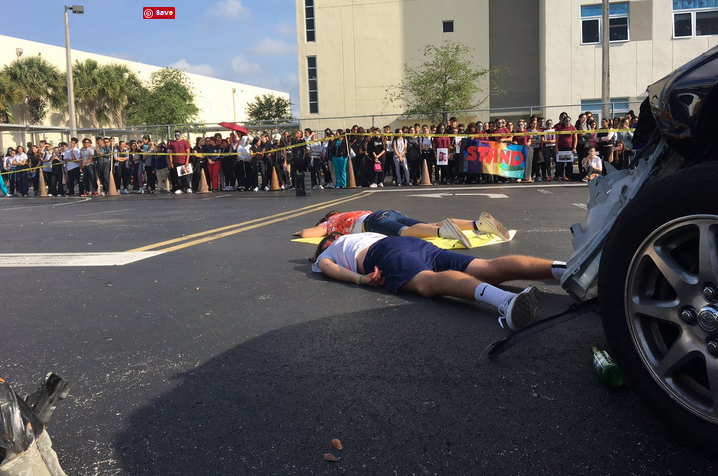Car accidents are on the rise, and automakers are worried – as well as driving safety advocates. And well, they might as well be. Experts contend that speeding, intoxication and failure to use seat belts are the most common causes of accidents, and the role of cell phones cannot be ruled out either – whether drivers are using them for talking, texting, posting on social media or taking selfies. Unfortunately, while some US states have laws that ban handheld cell phone use, no states ban all cell phone use. Clearly, safer driving habits are required, particularly when using the electronic devices that have proliferated wildly in recent years.

Tips for Safer Driving
Here are a few things to think about when considering how to drive more safely:
- Always get good sleep and have a snack or a meal before beginning a long drive, to ensure long-term alertness that caffeine may not be able to give you
- Take breaks and pull over every few hours, even if you don’t feel sleepy. Walk around, grab a snack, or take a quick nap if you have to.
- Share the driving responsibilities with someone else, so you can nap without losing time. If you’re driving alone, crack the window or put on the radio.
- Move your vehicle off the road if you do pull over; never park in the breakdown lane or on the shoulder unless it’s an emergency.
- Know the laws about cellphone use in your area – but regardless of what they are, it’s still always safer to use a hands-free device.
- Never drink any alcohol before your trip, even if you’re under the legal limit. While you may not become intoxicated, you may become sleepy.
- Plan a route around bad weather as much as you possibly can.
- Bring a detailed road map or atlas – GPS is not infallible, especially in remote areas!
- Make sure to familiarize yourself with the car if you’re driving a rental vehicle.
- Lock away all valuables in the glove compartment or trunk, and stow luggage in the trunk.
- Make sure you know all the local traffic laws, especially rules on yielding and turning on red lights.
- Ensure that your vehicle is in prime condition before a long trip, with tires inflated properly, a full tank of gas, and all fluids at the correct levels.
- Don’t speed, even when the road seems clear and it doesn’t seem like a problem, Usually, speed limits are there for a reason.
- And of course, make sure that everyone in the car buckles their seat belt.
Defensive Driving
Aside from these generic tips, there are also a few specific driving strategies you can undertake to increase your safety on the road, known as defensive driving. Remember, while you can’t control how other people drive, you can control how you react to other drivers!
- Don’t be too trusting: assuming that every other driver on the road is as careful of you are is a recipe for disaster. For example, just because someone flashes their headlights at you doesn’t mean it’s safe to proceed. Be very wary of the intentions of others.
- Observe, anticipate and plan: what can you see? What does it mean for you? And what will you do about it to stay safe? An example: if you see garbage cans at the side of the street, there may be a truck waiting to ambush you just around the corner – so slow down.
- Be wary of turn signals: just because the car in front of you has their turn signal on doesn’t mean they’re turning. Wait for the turn to actually happen, and don’t assume!
- Create a safety bubble: keep space around your car as much as possible so that you have room to spare when others make mistakes. Remember your stopping distances and keep adequate space between your vehicle and the one in front of you.
- If in doubt, pull over: better safe than sorry, especially when the person behind you is driving erratically. Play it safe, pull over and let them pass!
Using Tech
There are also several pieces of technology that can be useful in improving your safety while driving. Passive safety systems like seat belts and airbags have been around for years, but active safety systems that are specifically designed to prevent accidents are coming more to the fore these days. For example, stability systems for skid-avoidance are now commonplace, as are radar systems that give you an auditory warning when you’re near a wall – or traffic – when reversing.
Some automakers such as Volvo have designed systems that will alert the driver if a pedestrian, vehicle or large animal is in the path of the car, and can automatically apply the brakes if the driver isn’t quick enough to react. Similarly, blind spot warnings and rear-view cameras, like in the Ford Transit Connect, are becoming ubiquitous, as are lane-drift detection systems, which keep your vehicle centred in the lane.
Ultimately there are many technological solutions as well as driving strategies you can use to keep your vehicle as safe as possible when driving on today’s hazardous roads.



